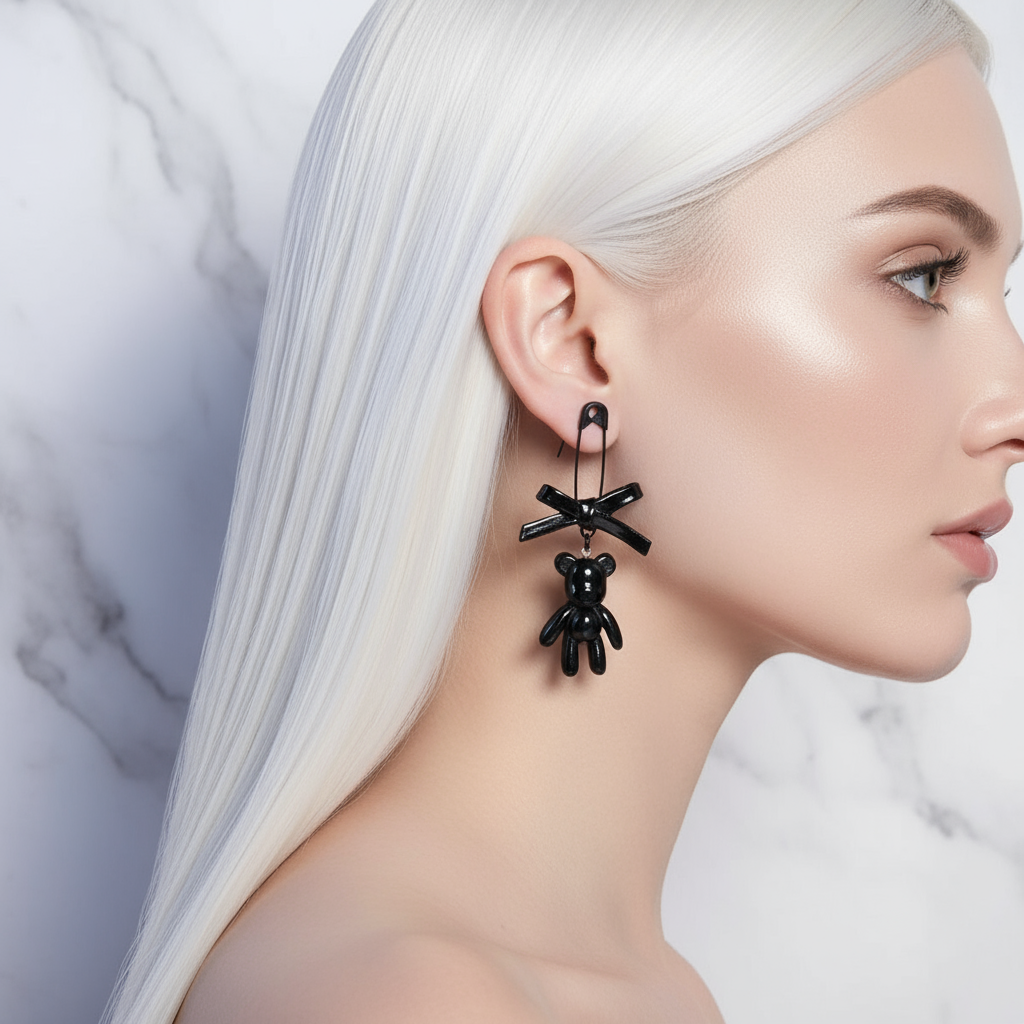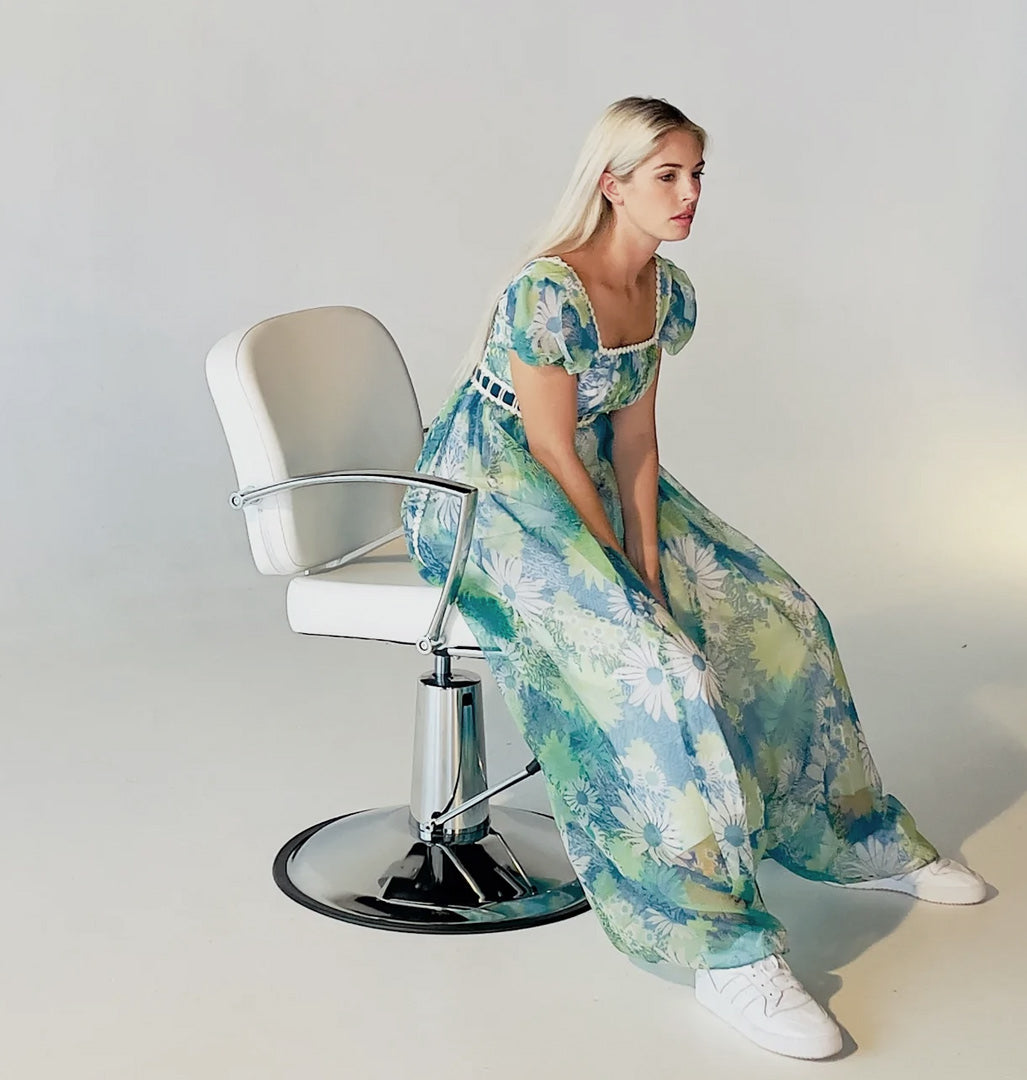As a vintage collector and fashion curator, one of my goals is to be part of social change and reduce any negative impact that the fashion industry might leave on the world. Not an easy task by any means. Changing the mindset of millions of people participating in this global economy does not happen overnight.
Understanding how the fashion industry is adding to the global pollution is the first step, let's look at the obvious facts first:
Environmental Impact of Fast Fashion and Recycling
- 85% of textiles end up in a landfill. The equivalent of one full garbage truck is dumped or burned every second.
- 60% more garments are purchase yearly after 2014 (but people are discarding them twice as fast)
- Just washing your clothes send 500,000 tons of microfibers to the ocean, that's about 50 billion plastic bottles. Many of those fibers are polyester, a plastic found in an estimated 60% of garments. Producing polyester releases two to three times more carbon emissions than cotton, and polyester does not break down in the ocean.
- The fashion industry is responsible for 10% of humanity's carbon emissions.
The fashion industry is also the second-largest consumer of water worldwide. It takes about 700 gallons of water to produce one cotton shirt. That's enough water for one person to drink at least eight cups per day for three-and-a-half years.
How Animals Used for Clothing Are Killed
The vast majority of the billions of animals who are killed for their skin, wool, feathers, or fur endure all the horrors of factory farming. Sensitive living beings are forced to live in cramped, filthy conditions, and every bit of freedom and autonomy is taken away from them. Animals suffer at the hands of workers, who may roughly handle, kick, and beat them. After a lifetime of torment, they’re violently slaughtered via the cheapest means possible, including bludgeoning, anal electrocution, and gassing. Some are even dismembered and skinned alive. Trapped animals used for their fur can suffer for days from blood loss, shock, dehydration, frostbite, and gangrene or be attacked by predators before trappers return to kill them.
Fur and leather items are often deliberately mislabeled. In countries where animal welfare laws are virtually non-existent, some producers have been known to kill dogs and cats for fur and leather. So if you wear animals, there’s no easy way of knowing whose skin you’re in. But you can be sure that no matter who they were, they didn’t want to die to become clothing or accessories.
Vintage and Upcycling
Does it mean that by wearing a vintage animal fur, would you be keeping the demand for fur fashion alive, thus promoting and glamorizing the industry and its controversial practices and the many toxic plastic alternatives pumped out by fast fashion retailers? While this is currently a much debated topic, one side of the argument is that, yes, it absolutely does. So, what is one to do?
And this is the part where our conscious and personal practices come to play. If we decide to wear wool, angora, cashmere and silk, or leather or fur are we perpetuating the pain the animals endure to "produce" this garment? Are we also promoting the practices in modern times, which by the way are not more humane or ethical than before, (probably worse because of mass production and high demand).
Do not discard fashion so easily, it cost a lot more than you pay for, to an animal, to a human being and to the planet.
This is the dichotomy: as a fashion curator, discarding a beautifully made piece because it is angora, feels like denying the afterlife to the animals that had to suffer while their fur was being plucked from their bodies in the most miserable of conditions. It feels like simply throwing away their pain as if it was in vain. But if I do claim this piece and resell it, am I being part of the chain of abuse?
After nights of pondering about this subject, researching the conditions of animals and production farms, low wages factories, and also looking into the negative impact of fashion on the environment; after reliving in my head the conditions in which these animals have lived or died, the way factory workers are treated, the amount of plastic we are dumping into the ocean and the waste we are adding into the landfills. I have reached two conclusions and two actions:
1. Recycle and Upcycle vintage
I will not discard vintage "animal by" pieces. I will allow for these animals that were abuse or killed to outlive us. Furthermore, I would upcycle this piece and give them a new life, it is my way of honoring the life that was denied to these creatures during their time on earth.
I am also adding the option to make a donation for every piece in my vintage collection that was part of animal cruelty and I pledge to donate 1% from every sale made on my site to the organizations preventing animal cruelty and supporting animals, like PETA.
I refused to sell Vintage fur on my site, nor I have purchased any fur in the past. The only items I have purchased in the past are wool, angora, cashmere and some leathers. I am pledging to avoid these types of "materials in the future"
2. Buy less and repurpose more.
I will continue to source new and trendy pieces that I believe are worthy items to add to your closet collections because they are viable and timeless. I do encourage to use each piece more than 5 times before you decide to part ways with it. You should make sure to make the conscious decision to not contribute this piece to the landfills and donate to a friend or sell it, so it can continue in a circular fashion economy mode.
No, I do not feel better about my past purchasing patterns. I should have researched more, be more conscious, be more aware of my contribution to the problem. Neither do I think my actions are any better at this point. I don't think it is enough, but it is a start.
While painful, please take the time to read all the references I'm sharing below. Some of the things you are going to find out can make you cry for days, but it is also going to make you appreciate the pieces you already have even more. Do not discard fashion so easily, it costs a lot more than you pay for, to an animal, to a human being and to the planet.
Photo by Ksenia Chernaya from Pexels
https://www.thesun.co.uk/
https://www.peta.org/issues/
https://www.peta.org/features/
https://www.peta.org/issues/
https://www.peta.org/living/
Here is the pledge donation system I just integrated on my site.
No, it is not a lot, but every bit counts.




0 comments